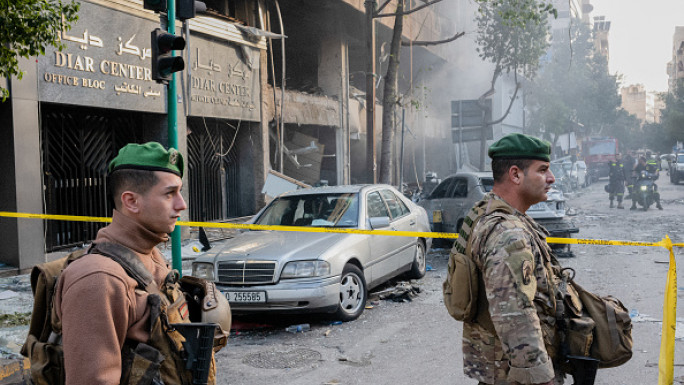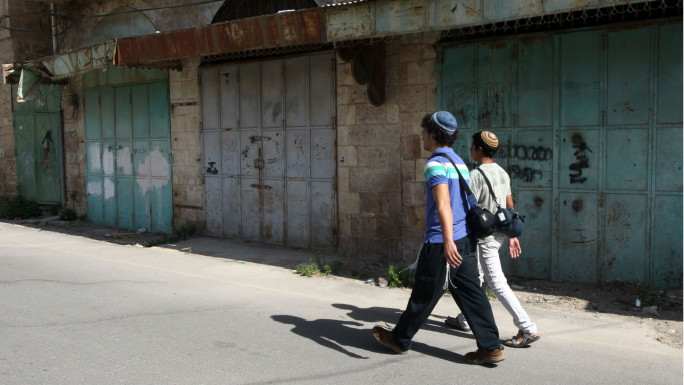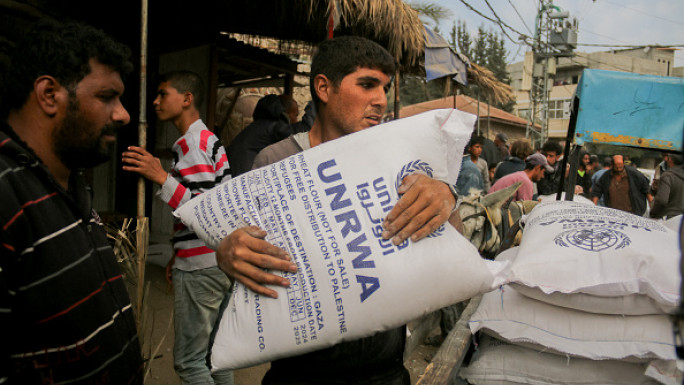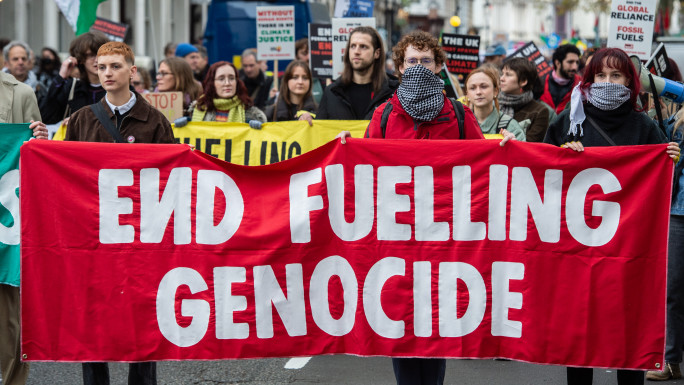Report: 150 starved to death in Ethiopia's Tigray in August
A least 150 people starved to death last month in Ethiopia’s embattled Tigray region amid a near-complete blockade of food aid by federal and allied authorities, the Tigray forces say, while close to half a million people face famine conditions.
The starvation deaths occurred in six communities as well as in camps for hundreds of thousands of internally displaced people in the town of Shire, according to a briefing late Monday by the Tigray External Affairs Office. It is the largest public assessment yet of starvation deaths, though The Associated Press reported at least 125 deaths in a single district earlier this year.
Food aid ran out last month in Tigray, a region of 6 million people, as the United Nations has described intense searches and delays of humanitarian cargo by Ethiopian authorities who fear aid will reach the Tigray forces who have been fighting Ethiopian and allied forces for the past 10 months after a political falling-out.
“The complete depletion of food stocks has meant that IDP camps are receiving no aid and host communities, now running out of food themselves, are no longer able to support them,” the Tigray statement says.
A spokeswoman for Ethiopian Prime Minister Abiy Ahmed did not immediately respond to a request for comment. The government has asserted that aid is reaching Tigray and has blamed Tigray forces and insecurity for any problems.
The International Organization for Migration, which says more than 2 million people are displaced in Tigray, did not immediately respond to a question about starvation deaths, but the agency last month noted that “hosting capacity appears to have reached its limit” by the local population who support the majority of them.
The first aid convoy in over two weeks arrived in the Tigray regional capital, Mekele, on Monday, but the World Food Program has said such a convoy of some 100 trucks is needed to arrive every day to meet the urgent needs of more than 5 million people.
Telecommunications, electricity and banking services have again been cut off to Tigray since the Tigray forces retook much of the region in June. While witnesses have told AP that access inside the region is safer and easier, they say dwindling supplies of food, fuel and cash make it increasingly impossible to help the hungry.
The war has since spread into Ethiopia’s neighboring Amhara and Afar regions, displacing hundreds of thousands of people. Health facilities supported by the International Committee for the Red Cross in those regions “have been receiving an increasing number of wounded people in the past few weeks," the ICRC said Tuesday.
“Unless the fighting dies down, we can only see the situation deteriorating extensively in the next weeks or months,” WFP spokesman Gordon Weiss told AP. “We knew that there were around 400,000 people on the edge of famine-like conditions (in Tigray) in June. We have not really managed to assess the situation since then, it has been too difficult to do so, but we can expect that that population has grown and that their conditions have deteriorated.”
The UN, the United States and others urge the warring sides to stop the fighting and find a way to negotiate for peace, but Ethiopia’s government this year declared the Tigray People’s Liberation Front, which once dominated the national government, a terrorist group.
Tigray leader Debretsion Gebremichael in a letter dated Sept. 3, seen by the AP, and sent to more than 50 heads of state and government and multilateral organizations calls for pressure on Ethiopia for the “immediate and unconditional lifting of the siege on Tigray” and “an internationally sponsored and all-inclusive negotiation” for a cease-fire.






 Follow the Middle East's top stories in English at The New Arab on Google News
Follow the Middle East's top stories in English at The New Arab on Google News
![Gaza casualties [Getty]](/sites/default/files/styles/image_330x185/public/2149262510.jpeg?h=a5f2f23a&itok=XODmAM9t)
![Cop29 [Getty]](/sites/default/files/styles/image_330x185/public/2156170084.jpeg?h=a5f2f23a&itok=nFoXDOnn)
![Afghan school girls [Getty]](/sites/default/files/styles/image_330x185/public/1244052017.jpeg?h=a5f2f23a&itok=Zd_bRycW)